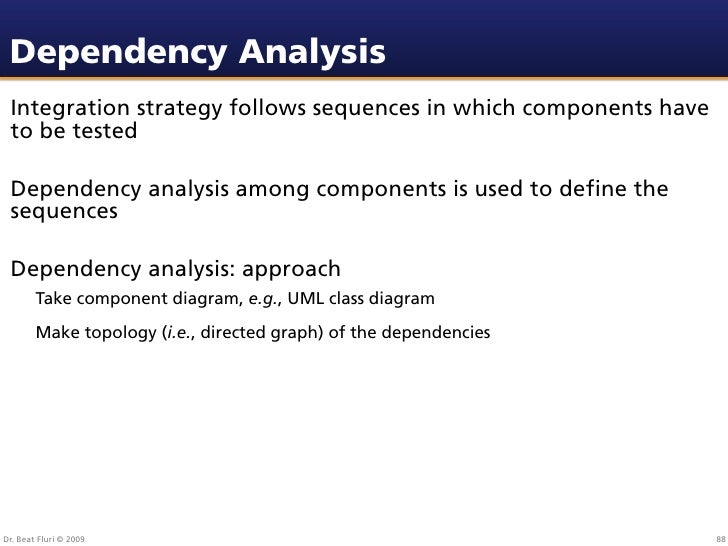Power inverters come in many sizes, measured in watts. Contoh soal tes toefl ibt pdf download. The amount of wattage you will require depends on the total draw of the devices you’d like to use. Many and power tools have their wattage rating indicated on the product itself. Wattage rating can also be calculated by using this formula: Volts (120) x Amps = Watts To determine if several appliances can be operated at the same time, simply add up their wattage ratings to see if the total falls within the specifications of the. For example, if you have a two-outlet inverter and will be plugging in 2 devices at once, add up the total wattage of both devices, then add at least 50% more to account for peaks or spikes in the power draw. For example if your DVD player draws 100 watts and your laptop another 100 watts, a minimum 300-watt inverter is recommended. If the item is motor driven, it requires additional start-up (surge) wattage (typically 2-3 times the continuous wattage required) to start the device.
For example, a miter saw that runs at 700 watts might require 1400 watts to start up. If your inverter only supplies 1000 watts, you will not be able to start it up.
In this case, you would want to select an inverter rated at least 1400 surge watts to handle start-up needs. The estimated watts for the appliances below are estimates; please check your manual or the appliance itself for the actual wattage required. Doing this will ensure you select the correct inverter the first time.
Power tool manuals and free pdf instructions. Find the user manual you need for your tools and more at ManualsOnline.
Appliance Est. Watts Cell Phone 24 CD Player 40 VCR 50 Satellite Dish 75 Printer 75 Laptop 60-90 iPod 120 PS2/XBox 125 25″ TV 175 CPAP 200 Jig Saw 350 Computer & Monitor 400 400 500 1/2″ Drill 700 750 800 Iron 1000 Sub Pump 1000 1000 40″ Fan 1100 Toaster 1200 Circular Saw 1250 Microwave 1250 Typical Uses Most power inverters under 300 watts can be connected to a vehicle’s battery through the DC (cigarette lighter) plug on the dashboard. They might also come with jumper-like cables for connecting directly to a battery. Larger units are often hardwired into vehicles, RVs or boats.
 Hope this helps. I take this to be like the /b option on the later versions.
Hope this helps. I take this to be like the /b option on the later versions.
Inverters normally have one or more standard outlets to power laptops, small-screen TVs, video game players or portable DVD players and other devices. A DC to AC power inverter is great for camping at parks that do not provide electricity. The toaster, blender, and boom box can all still be used.
On your boat, you can plug in devices like a digital movie camera to take videos after the camera’s battery runs low, or brew up a pot on-board with your coffeemaker. Power Inverter or Generator? Whether to use an inverter or a generator depends on the type of load and how often you will need emergency AC power.
Generally, an inverter is more economical power alternative to run items under 1000 watts, suitable for, TVs, VCRs, DVD players and other low load devices. If you plan to operate a,,, or well system, then a generator is a better choice. If your planned power consumption exceeds 2000 watts, you should choose a generator, as the draw in the battery will rapidly deplete its power. True Sine Wave or Modified Sine Wave? Power inverters produce one of two different types of wave output: • Modified Sine Wave • True Sine Wave Modified sine wave inverters deliver power that is consistent and efficient enough to run most devices adequately. These types of inverters are the most popular and affordable.